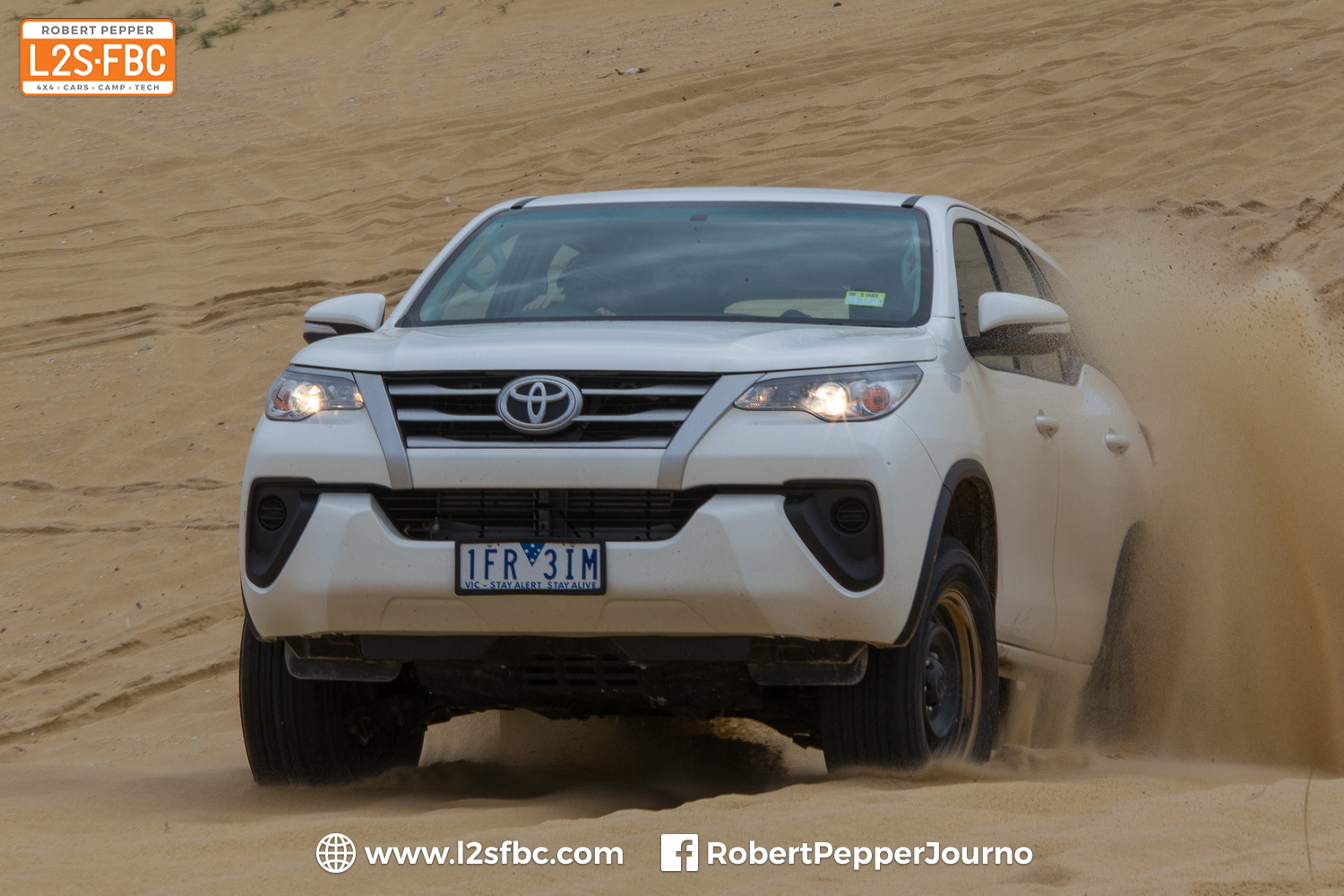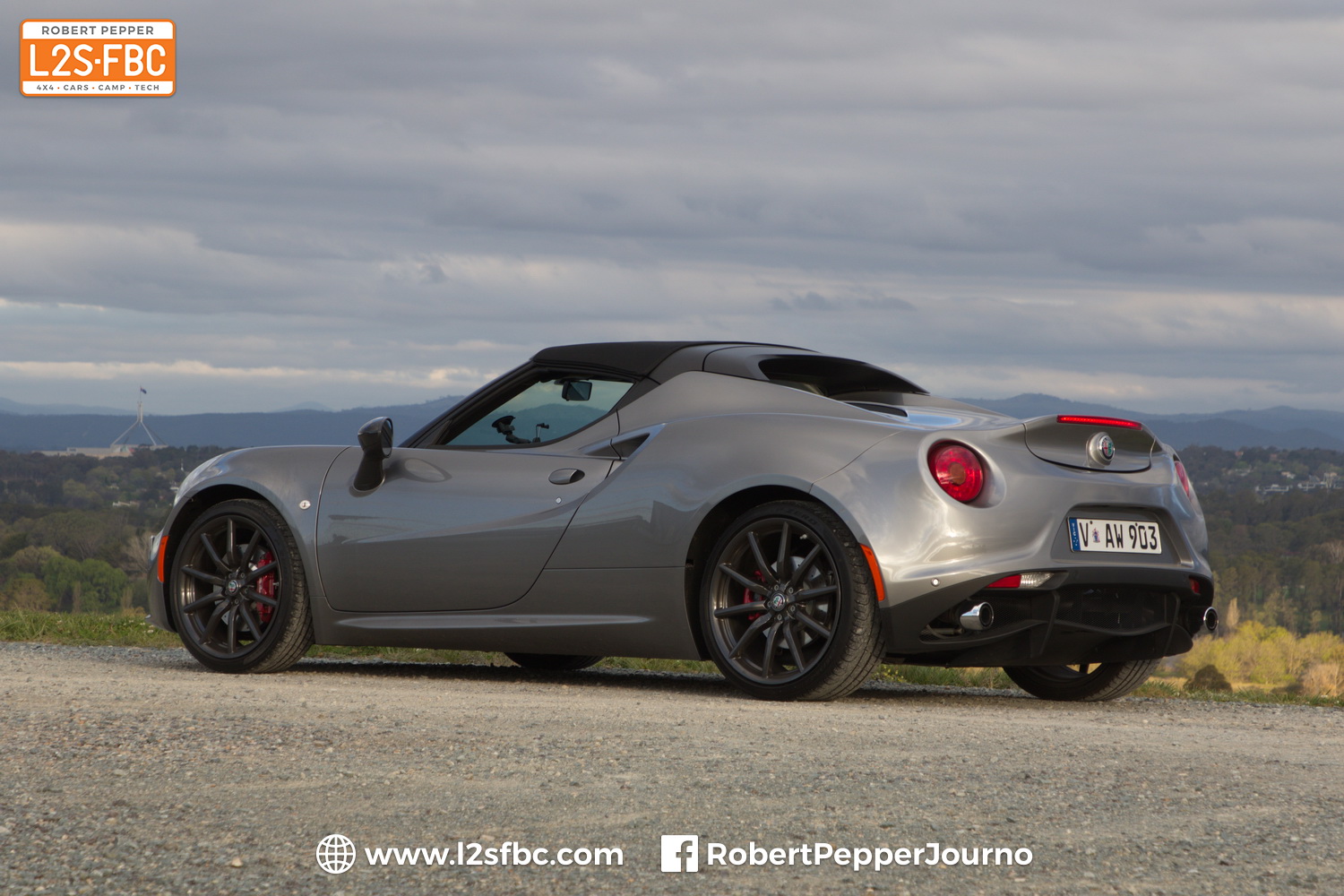
European Snow and Australian Sand
Experience in one of type driving is a mixed blessing when you come to try something else. Sometimes the skills carry over, sometimes they need to be unlearned. And other times two terrains which appear to have lots in common do not. I’m talking here about European snow, and Aussie sand which are very different, despite some ill-informed commentators saying skill in the former translates to the latter.
The first step in understanding how to drive a given terrain is to understand the terrain itself. Europeans driving in snow will typically do so in normal roadcars, on roads covered with a mixture of snow and ice. This is a hard surface with a slippery covering. There won’t be more than perhaps 5 to 20cm of snow because any more and the 2WD won’t make it through. The terrain will also be extremely variable, changing from ice to slush to snow to wet bitumen and back again, particularly when you are in or out of the ruts.
Sand isn’t like that at all. Sand doesn’t have a hard bottom, and it’s not so much slippery as loose. The traction and nature of sand is variable too, but it won’t vary so much from metre to metre.
These terrain differences translate into significant driving differences. In snow if you brake hard you’ll lock the wheels and slide. On sand, you’ll dig in and stop quickly. Go around a corner on snow, apply power if rear-wheel-drive you’ll break the back end loose. On sand, you’ll just dig in more than skid. Snow and ice driving demands using the highest possible gear, minimum revs, and a delicate touch on the controls and an ability to anticipate and correct skids smoothly. Sand driving is more like controlled momentum and judicious use of power to maintain momentum.
In fact, the Aussie terrain most akin to European snow driving is a dirt road, which shares similar attributes. It also has a hard surface with a loose, slippery covering, traction varies constantly and the ruts are the place to be. The main differences to tarmac-covered snow are the corrugations, potholes and dust, plus the higher speed possible on dirt.
Fundamentally, never assume that a terrain you’re new to will be the same as one you’re familiar with. You can take a lot of techniques from terrain to terrain, but assumptions will end badly.


